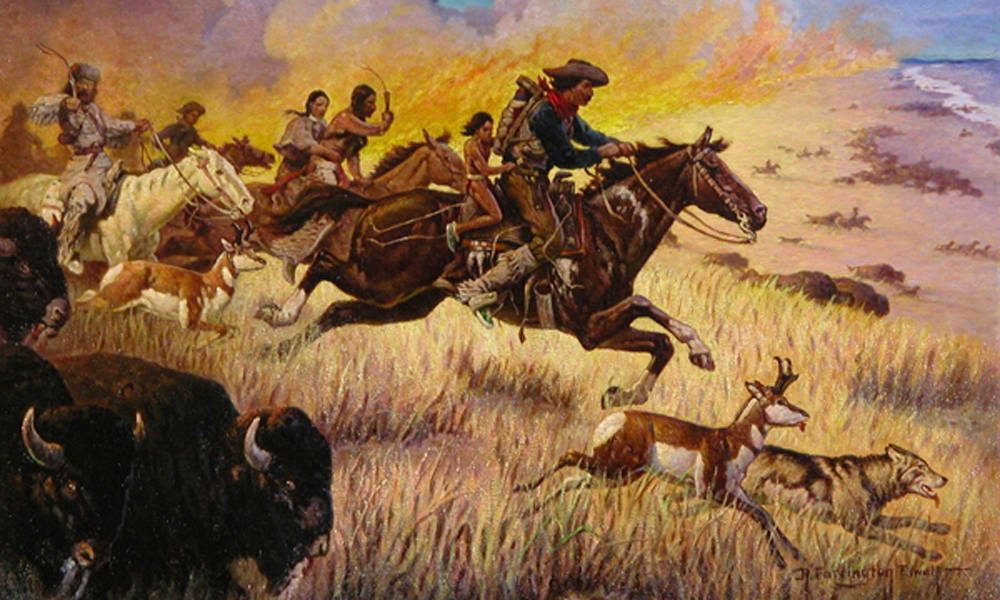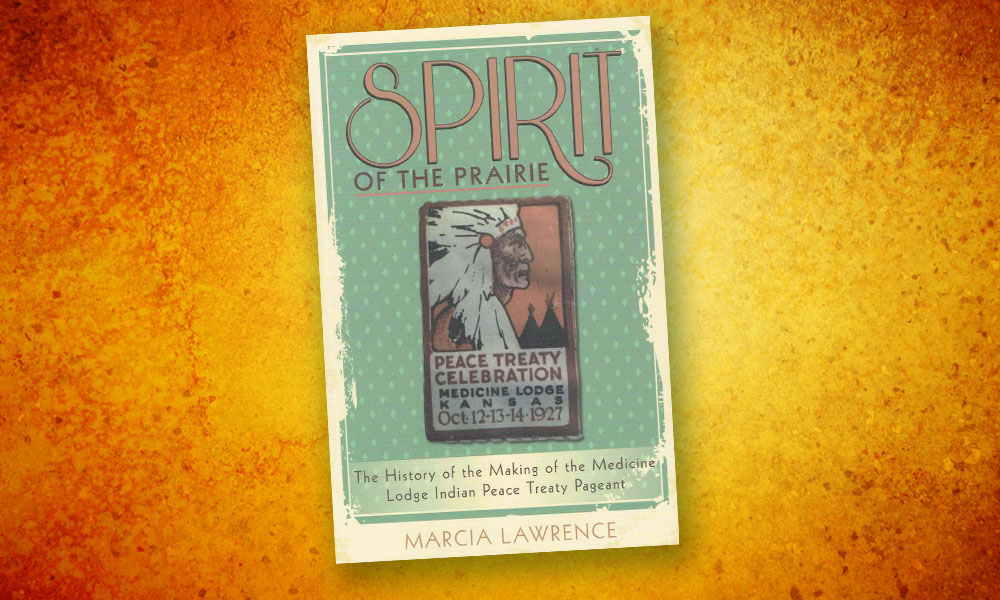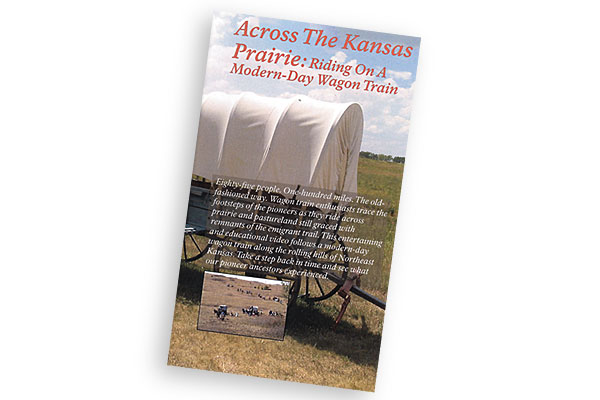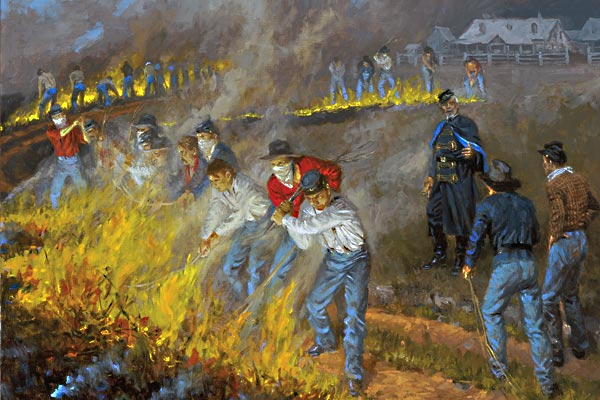Fire was a constant threat in the West. There is barely a western settlement that doesn’t include a historical note on the day it “burned to the ground.” Many communities were rebuilt again and again, until folks replaced wood with brick and adobe to cut down on the dangers of fire. But fires in town were one thing; fires on the prairie were another. As settlers came West, they found vast stands of prairie grass, sometimes as high as a man’s shoulders. They also found something else—wind that had little to get in its way that blew at a ferocious level unknown in the East. (North Dakota still has that wind and it’s eerie to lay in bed at night and imagine how that wind sounded to folks in makeshift soddies or crude cabins.) So how fast could a prairie fire travel? It depended, of course, on how vast the stand of grass still was, how dry it had gotten, and what kind of wind was blowing. But historians say that with strong winds, prairie fires were known to overtake men on horseback traveling at a gallop.
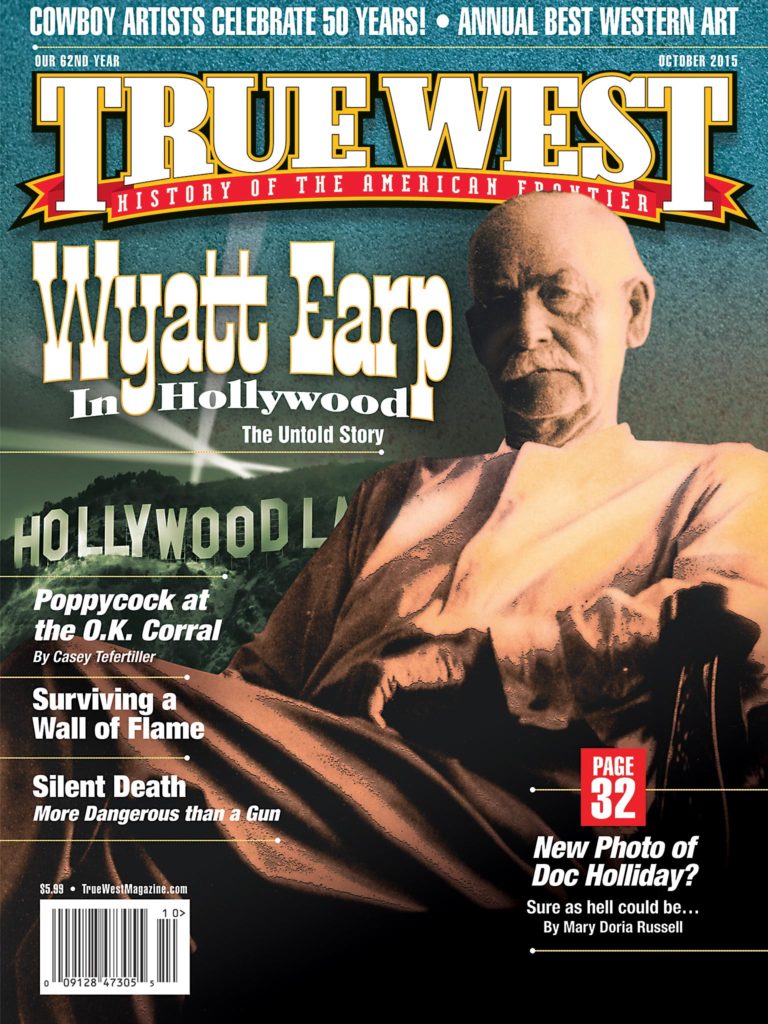
October 2015
In This Issue:
More In This Issue
- Cowboy Artists Celebrate 50 Years
- Arresting Doc Holliday
- How did the frontier military travel?
- Western Events for October 2015
- Wyatt Earp in Hollywood
- Taste of the West
- Big Brims
- Wells Fargo Messenger Turned Celebrity
- Climax Jim Chews on the Evidence
- The Legendary Crook’s Trail
- Mary Doria Russell
- The Wild Kingdom on the Santa Fe Trail
- Who Was J. Frank Dalton?
- The Standoff
- Silent Death
- Moonlighting Lawmen
- In Search of the Old West with an English Cowboy
- Queen of the Western Gamblers
- Wildfires on the Prairie
- I cowboyed with a man named John Tisdale in Wyoming in my youth. Didn’t a man by that name get killed in the Johnson County War?
- 360 Degrees of Death
- A Seedy Business
- The Italian Indian
- When the Western Waned
- Ben Thompson’s Signed and Stained Photograph
- Into the West
- The Ultimate Sorrow
- Black Hills Adventure
- Wickenburg’s Western Ways
- The Whitman Massacre
- How many of the regular cast of Gunsmoke are still alive today?
- Trailblazing History
- Bat Masterson, Foreigner and Lawman
- A Lion in Arizona’s Wild Rim Country
- Do any accounts exist of tornadoes destroying settlements, wagon trains or Indian villages in the Old West?
- A Madam’s Life Story
- Lawman-Author Monty McCord Shoots Straight on Best Books
- Wanda the Wonderful
- Wall of Flame
- The Twice-Hanged, Headless Hooch
- The Western Real and Imagined
- California’s Clara Barton
- A Gutsy Winter Soldier
- Were members of the James-Younger Gang drunk when they robbed the bank in Northfield, Minnesota?
- Buckeye Gets Burned
- The Bandit Who Wouldn’t Give Up
- Custer Cemetery Champion
- The First “Shooting Star” of the Silver Screen
- A Slap in the Face and a Bullet in the Head
- Longmire’s Vengeance Ride
- From Slave to Philanthropist
- B.S. at the O.K. Corral
- 1916: Wilson’s Border War
- Gunfight at Saucelito Valley
- A Loser and His Park
- The Long Fight to Become a State
- Shot Down In A Blaze of Gory. Yes, Gory.
- Is This Doc Holliday?

